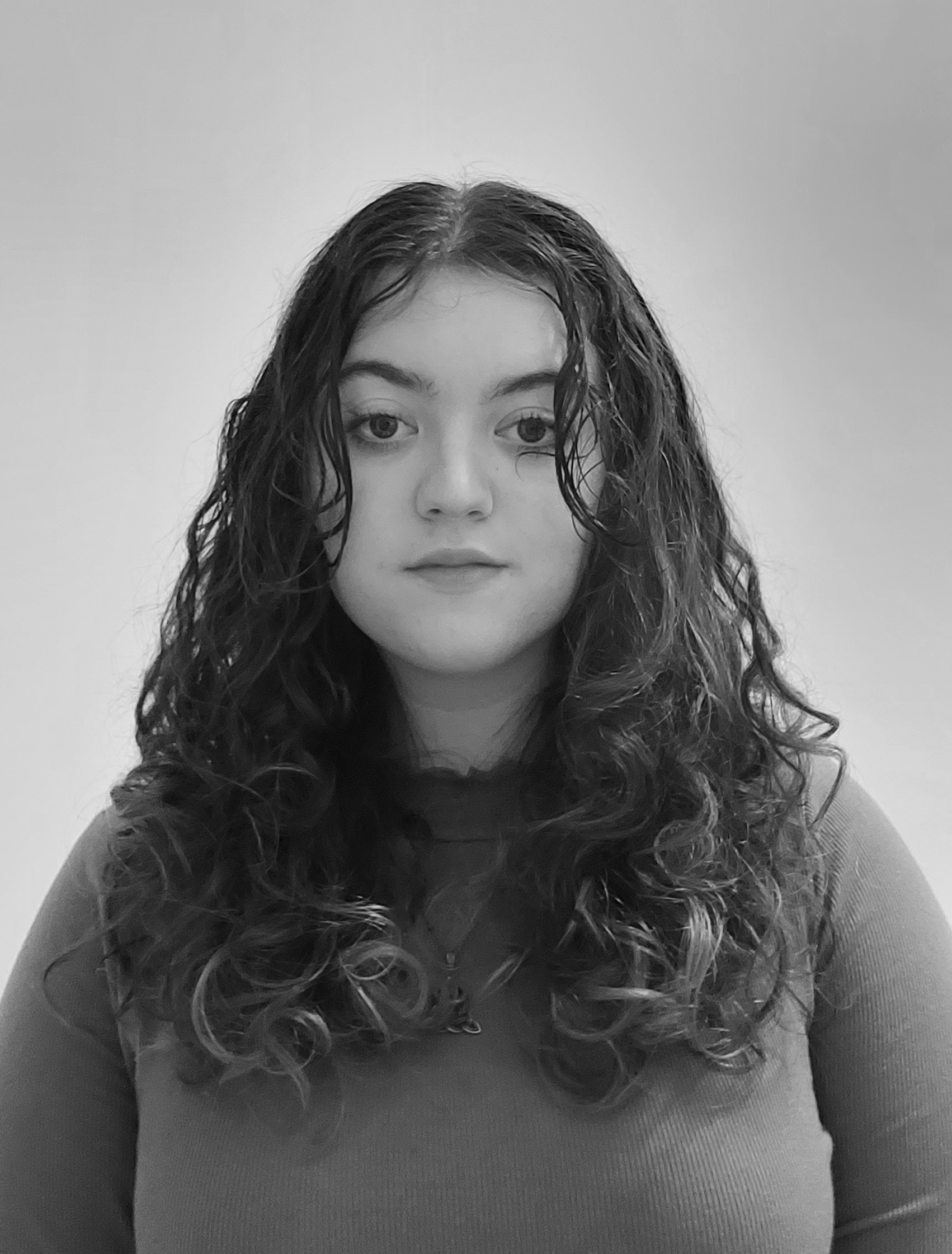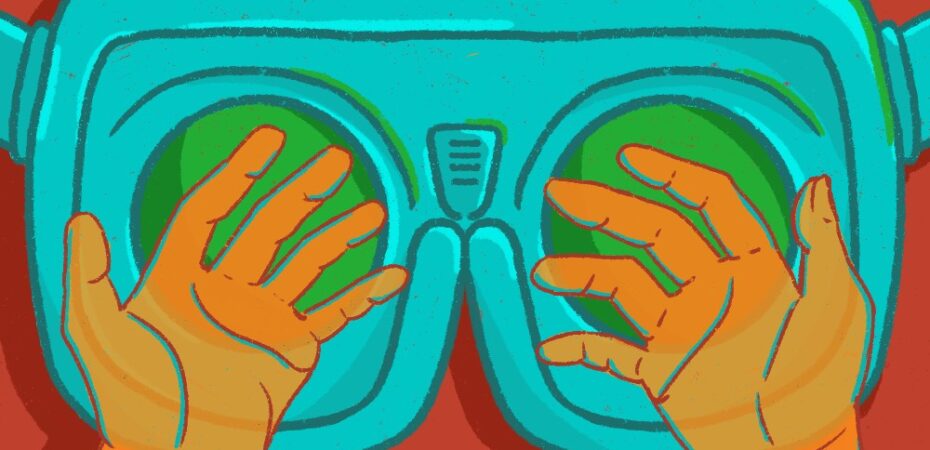
In this post, Jane McKie, Stuart King and Lynda Clark from the Edinburgh Futures Institute↗️, share practical considerations and the ways in which they have explored using text generation software, such as ChatGPT in their teaching context. This post is part of the June-July Hot Topic series: Showcasing the Edinburgh Futures Institute↗️.
Even though we have used the term AI in the title of this post, the term itself is quite problematic. It is often defined in very general ways (such as all neural network-based software) that don’t convey much about the software, leading to a confusion between software that works on narrowly defined tasks and a software possessing general intelligence. Through this conflation, the discourse about such software veers wildly off-course and tends towards a sensationalism and panic. In this post, we will try and restrict ourselves to practical considerations of text generation particularly using the current generation of software, such as ChatGPT↗️, and to the ways in which we have explored using it in a teaching context.
Generative neural networks are trained to generate new text or images. In the case of ChatGPT, this is based on reinforcement learning of human ranked conversations. What this ensures is that the network gets good at generating plausible looking text completions that look as though a human might have written them, largely due to the many billions of parameters that they are trained as part of this model. The training process highlights what such generative networks are good at – producing plausible text. The current set of generative networks are largely agnostic as to facts. Facts may emerge correctly, but they may not, and as long as the text produced looks plausible enough, the network will consider the text successful.
That neural networks mimic the data used to train them gives rise to another feature of (current) text generation. They tend to be quite boring, when used to generate creative new text. So, ask ChatGPT to write a poem about a fox and it will come up with the word ‘cunning’ quite a lot, it will tend to use a pastoral setting, it will tend to make its poem rhyme, unless you really push it not to do one of these things. Seeing features that the text generator repeats (often particular patterns of words, similes, or styles that might be quite cliched) is one way that you can ‘sniff’ out whether a generator has been used to construct a piece of text. Another way in which generators expose themselves is that they fundamentally don’t care about plagiarism. A similar prompt will end up with a similar text output (this is discussed in the terms of use for ChatGPT). So, it is often easy to see patterns of reuse if you ask for multiple answers to the same question from a generator such as ChatGPT. The quality of the output of a text generator depends very much on the prompt given by a user. There is certainly an art to using the right prompt to get the output you want – indeed, increased opportunities for training in ‘prompt engineering’ are emerging as users try to get the most out of these new technologies.
During the last year we have been using both ChatGPT and its pre-cursors – hard to believe it was only released at the end of November last year! – in our EFI course Text Remix↗️ and in workshops on creative writing. Focussing on using this technology in a playful way, opens up the possibilities for co-creation through writing games involving interacting with the AI, making new prompts, and combining cut-up and randomisation of texts to make new prompts. Students have found these tasks particularly interesting, noticing both the ways in which AI can become a creativity amplifier, but also easily identifying the shortcomings of the current set of AI tools. This in itself can be the source of some excellent discussions with students about the limits on what AI can do, the bias it shows, how it interacts with human creativity, and about the nature of creativity in general. These have been extremely rewarding interactions, and there is clearly much to be gained as educators from these kinds of conversations with students.
Legitimate and helpful uses of AI will continue to emerge for use in an educational setting. Generally, we don’t care anymore about automated spelling and grammar checks, or code completion helps – perhaps text generation might be regarded as an extension of these tools in the future. Some really interesting emerging uses that we want to help students take advantage of in the near future would be writing interview questions based on a job advert, digesting the text of a set of papers to quickly get an overview of some literature, and getting the computer to build a quick self-quiz based on a set of notes.
Our future challenges as educators centre around thinking through how ChatGPT and the like begin to affect our courses, and particularly our assessments. Thinking through how to set genuine assessments that prepare students for the world where these tools become more commonplace (indeed, most students already know about and use them). We will need to be clearer as we scaffold students’ learning: as AI becomes more capable at a range of tasks, we will need to spend longer explaining why students should engage with building their own skills in those tasks that AI may well be able to do well. The clear overarching challenge to us is to continue to engage with new AI technology as it emerges. It certainly isn’t going away!
 Jane McKie
Jane McKie
Jane has poetry collections with Cinnamon, Mariscat, Polygon, and Blue Diode (forthcoming). A Senior Lecturer in Creative Writing at the University of Edinburgh and an Edinburgh Futures Institute Fellow, she is interested in collaboration across forms, writes with 12, a collective of women writers, and Edinburgh’s genre spoken word group, Writers’ Bloc. With Shore Poets, she facilitates poetry readings and music in Edinburgh. Jane teaches both poetry and fiction, focussing on concrete poetry and artists’ books, Surrealism, visual art and poetry, digital art/poetry, writing speculative fiction, and interdisciplinary studies.
 Stuart King
Stuart King
Stuart is a Reader in applied Mathematics and an Edinburgh Futures Institute Fellow, he has a particular interest in computational mathematics and data science. His research work stretches from fluid mechanics through to imaging, and a particular recent focus is new problems in satellite imaging. Stuart has been involved in a wide range of teaching across applied mathematics and computing, from laboratory demonstrations of non-Newtonian fluid dynamics, through to asymptotic methods for postgraduates and introductory programming.
 Lynda Clark
Lynda Clark
Lynda is Lecturer in Creative Writing (Interdisciplinary Futures) at the University of Edinburgh and a writer of novels, short stories and interactive works. Her short story collection Dreaming in Quantum (Fairlight Books, 2021) draws on her interest in the relationships between people and technology and includes ‘Ghillie’s Mum’ which won the 2018 Commonwealth Short Story Prize for Europe and Canada and was shortlisted in the 2019 BBC Short Story Award. She has worked at the British Library as an Innovation Fellow curating a collection of interactive works. Prior to joining academia, Lynda worked as a bookseller and in the videogame industry as a writer and producer.
 Aoife Céitinn
Aoife Céitinn
Aoife is an Irish student studying Classics and Linguistics here in Edinburgh. Aoife loves illustrating in free time and working with gouache, lino, and digital art.


